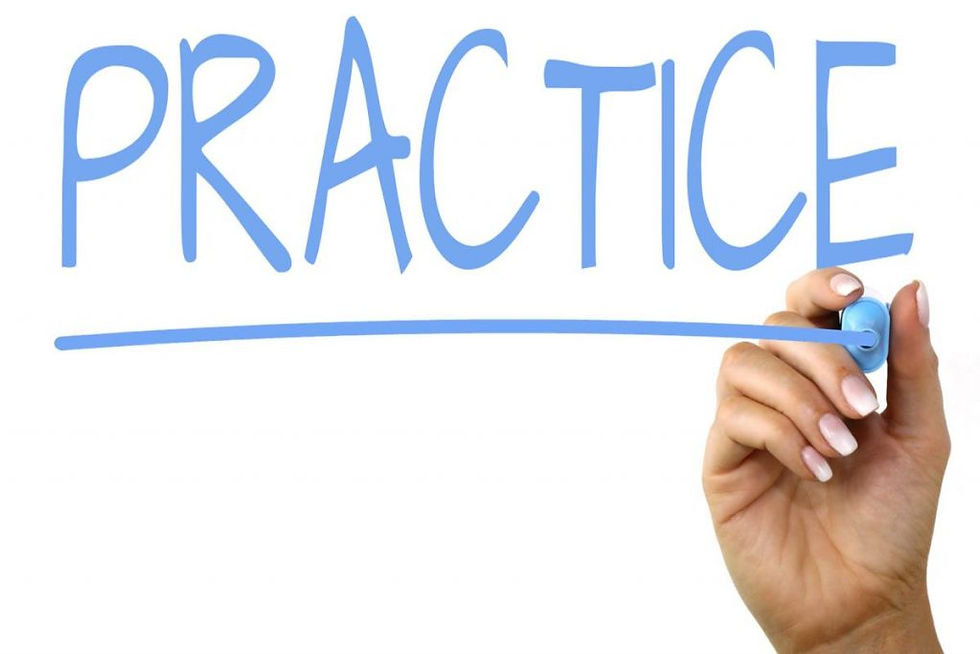Editing a Cookbook: The All-Important Process in Recipe Book Writing
- susieyakowicz
- Apr 12, 2017
- 3 min read
One of the greatest things about writing a cookbook is you don’t have to be a writer to do it. But writers know something that cookbook creators might not: editing is key. And when it comes to writing cookbooks, editing a cookbook can make all the difference to the book’s success. After all, an error in quantity or a confusing instruction can affect the outcome of the recipe—and the usefulness of the cookbook.
As time-consuming as it may be, reviewing a cookbook for accuracy, clarity, and consistency is well worth the effort. Here are four steps you don’t want to skip when editing a cookbook:
1. Look for Writing Errors
Some of the most common writing errors in cookbooks involve abbreviations of cooking terms and measurements. For example, tablespoon is often abbreviated with a capital T, whereas a teaspoon is a lowercase t. The best way to avoid confusing the two is to write out the words or abbreviate them as “Tbs.” and “tsp.”
When editing a cookbook, if you come across something that looks wrong, it probably is. That’s why it’s important to check the original recipe for accuracy. Sometimes, quantities, ingredients, oven temperature, and descriptions (such as “heaping” or “scant”) are left out or copied wrong, which can change the recipe drastically.
Finally, spelling, grammar, and punctuation errors, while they may not alter a recipe, look unprofessional and can affect the book’s readability. Proofread carefully and fix any errors in mechanics.
2. Check for Clarity of Wording
As you’re reading through the recipes for writing errors, ask yourself if the instructions are clear. Do the words explain how to make the recipe without confusing the reader? For example, if a recipe calls for cooking an ingredient, this may mean sautéing, frying, baking, boiling, or broiling. Edit to specify the proper method.
Also, be specific about certain ingredients. Is dill supposed to be dill seed or dill weed? Does the beef need to be a particular cut? Should the oats be rolled or quick? For many recipes, this won’t matter. But check to make sure.
Instructions that are out of order can also be confusing—and disastrous. If part of a recipe should be completed and set aside before the next phase begins, make sure that’s noted. Or, if an oven needs to be preheated, the recipe should say so at the beginning, not halfway through. Instructions should be easy to follow, organized, and reader-friendly.
3. Be Consistent When Editing a Cookbook
Is “cup” spelled out sometimes and abbreviated others? Are all numbers written as numerals? (Note: Numerals are more reader-friendly than written numbers, especially in ingredient lists and instructions.) Be consistent, whichever style you choose.
Pay attention to the ingredients listed and those used in the directions as well. Are they the same? For example, if a recipe lists egg whites under ingredients, make sure the directions don’t say egg yolks. Ingredients should also be listed in the order they are used.
Consistency also applies to recipe book formats, which can take a number of shapes. The most common is a standard recipe format, where a list of ingredients is followed by step-by-step directions. Another popular format is where the ingredients are embedded in bold within the context of the directions. Whichever format is used, keep it the same throughout the recipe book.
4. Edit and Organize Cookbook Sections
Cookbooks aren’t just a compilation of recipes. They usually contain some front and back matter, too. This might include a preface, acknowledgments, table of contents, index, and glossary. All of these sections must be reviewed for errors, clarity, and consistency.
Sidebars, or separate bits of information related to the recipe (such as helpful hints, baking tips, brief histories, etc.), are also not to be overlooked in the editing process. A cookbook reader will pay close attention to sidebars, so getting them looking and sounding perfect is worth the work.
Finally, make sure all cookbook sections are in order. For example, start with the preface and table of contents, follow this with recipes that are organized in a sensible manner (appetizers, salads, main courses, and so forth), and end with an index. Pay close attention to the recipe section of the book to verify that each recipe falls in its proper category.
Editing a cookbook for errors, consistency, clarity, and organization will help make the recipe book as useful and valuable as it can be. And for the book’s cooks and writers, there’s no better recipe for success than that!



I found your article on the importance of editing a cookbook extremely insightful—especially how even small inconsistencies in ingredient lists or instruction order can throw off a reader’s experience. For those in Lahore looking for an expertly crafted treat, I discovered Baked.pk’s selection of cakes and baked goods that clearly reflect attention to detail and quality.